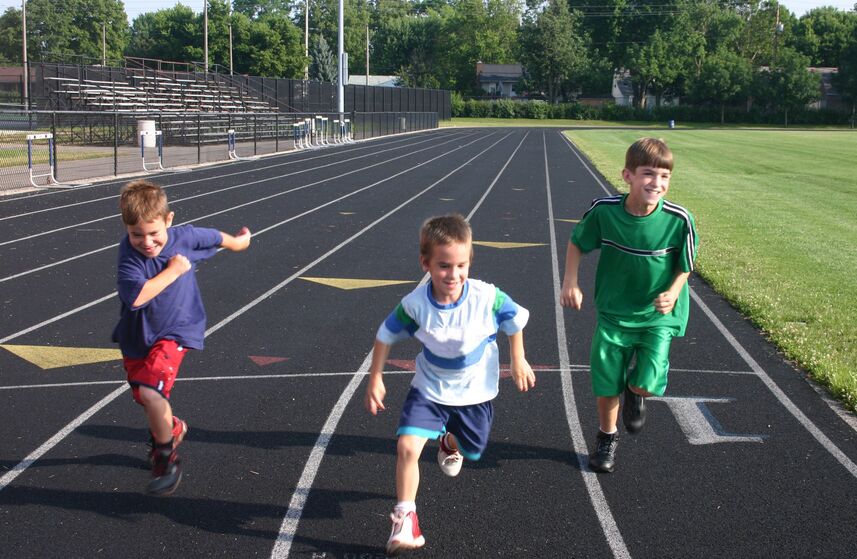
It’s no secret Americans are increasingly leading a sedentary lifestyle. In an age of video games and the internet, children are much less inclined to play outside. This inactivity is having detrimental consequences, including higher rates of childhood obesity along with diminishing concentration and thinking skills.
But how, exactly, does physical activity impact academic performance? Read on to learn more:
Better brain health
Our brain is an organ, and just like the rest of our body, it benefits from physical activity. When we are more active, we increase our flow of oxygen to the brain. Additionally, the number of neurotransmitters and neurotrophins increase. Neurotransmitters help us focus, concentrate, and remember details. Neurotrophins, meanwhile, help the neurons responsible for learning, memory, and thinking survive.
Better self-esteem
Aside from all the benefits to children’s physical condition, their partaking in physical activity and sports is also extremely advantageous to their confidence and self-esteem. These are crucial to their learning ability and subsequent academic performance. These traits are also what children will carry with them throughout their lifetime, directly impacting how they interact with the world around them. This means what career paths they choose and how well they succeed in them.
Healthy habits established at a young age are fundamental to a child’s health well into adulthood. Determining a child’s weight fate, or how heavy they will be throughout the course of their lifetime, is easily influenced by encouraging them to engage in physical activity and eating healthy, unprocessed food. That’s why we at Steadfast Academy do everything we can to encourage our kids to live healthy lifestyles. To learn more about our program, contact us today!
